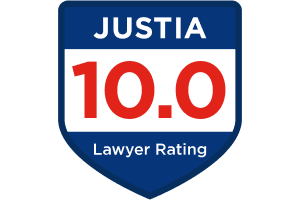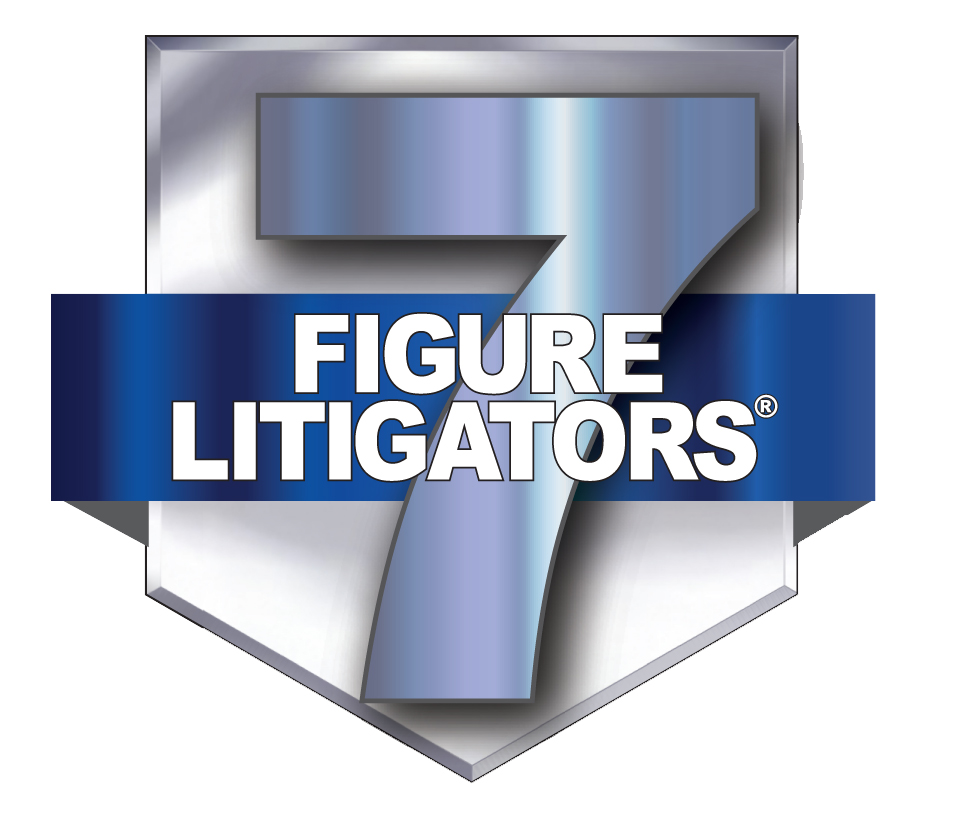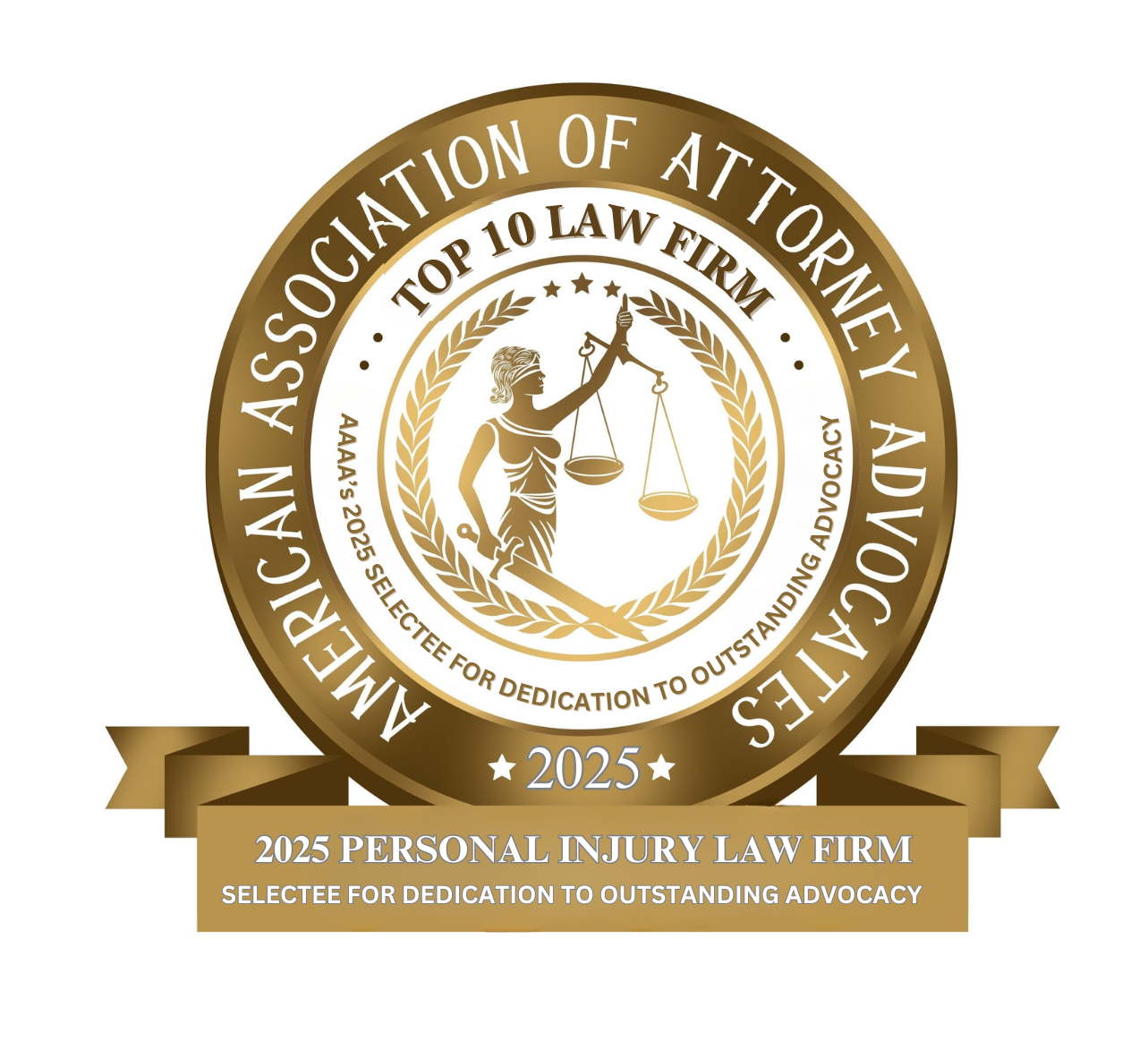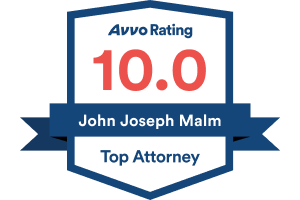- Free Consultation: (630) 527-4177 Tap Here to Call Us
Federal Motor Carrier Safety Regulations in Bus Accidents

Bus crashes can cause catastrophic injuries and deaths. When a crash involves a commercial bus, such as a motorcoach, commuter bus, or other passenger-carrying commercial motor vehicle, federal safety rules called the Federal Motor Carrier Safety Regulations (FMCSRs) govern how the company and driver must operate. Understanding those regulations, common violations, and how regulators collect crash data is essential after a bus accident: they point to what went wrong, who’s responsible, and what evidence can support a claim.
“When bus companies ignore the safety rules that exist to protect passengers and other road users, the consequences can be devastating. Our job is to find the regulatory violations and hold the responsible parties accountable so families can recover and prevent future harm.” — John J. Malm, Naperville bus crash lawyer
How Often Do Bus Accidents Happen?
Understanding the scale of the problem helps families evaluate risk and liability. A few recent national data points:
- The National Safety Council and NHTSA tabulations show a rise in school-transportation-related fatalities from 104 deaths in 2022 to 128 deaths in 2023. Much of the increase reflects deaths of pedestrians and occupants of other vehicles in school-bus–related crashes.
- FMCSA’s Large Truck and Bus Crash Facts series reports thousands of crashes each year involving large trucks and buses. For example, the LTBCF long-term series shows several thousand large-truck-and-bus involvement in fatal crashes annually (the report compiles national fatal and injury crash data). Crash totals and per-VMT rates fluctuate year to year.
- Over the 2014–2023 period there were roughly 971 fatal school-bus–related crashes and 1,079 people of all ages killed in those crashes, averaging more than 100 fatalities per year in school-transportation-related incidents. A large share of fatalities in bus-related crashes are occupants of other vehicles or pedestrians, not bus passengers.
Bottom line: while bus travel remains relatively safe on a per-mile basis, serious crashes still occur and often involve vulnerable road users and occupants of other vehicles.
What Are the FMCSRs and Who Do They Apply To?
The FMCSRs are federal regulations enforced by the Federal Motor Carrier Safety Administration (FMCSA). They cover commercial motor carriers that operate across state lines and many passenger carriers that operate within states when they meet federal jurisdictional thresholds. The rules establish minimum safety requirements for:
- driver qualifications and medical fitness,
- hours-of-service (fatigue) limits,
- drug and alcohol testing,
- vehicle maintenance and inspections,
- cargo and passenger securement where applicable,
- crash reporting and post-accident testing procedures.
These rules exist because buses and large passenger vehicles pose special risks: their size, passenger loads, and operating patterns require higher safety standards than ordinary passenger cars.
Key FMCSR Sections That Matter After a Bus Accident
Below are the FMCSR areas that investigators, lawyers, and families most commonly examine after a bus accident:
- Driver qualifications (49 CFR Part 391): commercial driver’s license (CDL) endorsements, medical certification, driving history, and disqualifying offenses. Violations here can show an unfit driver was behind the wheel.
- Hours-of-Service (HOS) rules (49 CFR Part 395): limits on driving time and required rest periods to prevent fatigue. HOS logs and electronic logging device (ELD) records can show whether fatigue was a factor.
- Drug & alcohol testing (49 CFR Part 382): pre-employment, random, post-accident, and reasonable-suspicion testing rules; required company testing programs and consequences for positives/refusals. Post-accident testing is mandatory in many serious crashes.
- Vehicle maintenance & inspection (49 CFR Part 393, Part 396): required repairs, inspection logs, and preventive maintenance records. Failure to inspect or repair brakes, steering, tires, or suspension is a frequent cause of crashes.
- Crash reporting & recordkeeping: carriers must report certain crashes and retain inspection/repair and driver qualification files; omissions can be probative of systemic negligence.
Investigators (FMCSA, state agencies, or private accident reconstruction experts) use these regulatory obligations to identify breaches that may support negligence claims.
Common FMCSR Violations That Lead to Bus Accidents
Investigations and FMCSA enforcement data point to several recurring problem areas:
- Fatigue/HOS violations: driving beyond permitted hours or failing to take required rest breaks. HOS violations increase the risk of driver fatigue-related errors.
- Drug and alcohol program failures: lack of an effective random testing program, failure to test after accidents, or use of drivers with positive tests or refusals.
- Poor driver hiring and qualification practices: hiring drivers without proper CDLs, medical exams, or background checks.
- Maintenance and inspection lapses: failing to repair worn brakes, defective steering or suspension, tire problems, or missing scheduled maintenance.
- Moving violations and unsafe driving behavior: speeding, improper lane changes, following too closely, and distracted driving. The FMCSA’s list of common violations documents these as frequent crash contributors.
When any of these violations are identified after a crash, they can be strong evidence of negligence by the carrier or driver.
Evidence To Collect After a Bus Accident
After a crash, quick and systematic evidence collection increases the chance of holding the responsible parties to account. Useful items include:

- Police crash report and citation copies.
- Photographs and video of the scene, vehicle damage, road markings, and nearby signs or signals.
- Witness names and contact details.
- Medical records (initial and follow-up treatment).
- Employer and carrier information (company name, bus unit number, driver name).
- If available, ELD logs, driver timecards, maintenance logs, inspection reports, and drug/alcohol testing records (these may require legal requests to obtain).
- Security or dashcam/doorbell/traffic-camera footage (often preserves crucial moments).
- Copies of the bus company’s public safety or training materials and any inspection notices.
These items help prove regulatory violations (for example, an ELD showing HOS violations; maintenance records showing unaddressed defects).
How FMCSA and State Regulators Respond to Bus Crashes
FMCSA conducts safety audits, roadside inspections, and compliance reviews. States and local law enforcement handle crash-scene response and initial reporting. When serious safety gaps are identified (pattern of violations, out-of-service conditions), FMCSA can order corrective action, place carriers out of service, or initiate enforcement actions. Victims and their lawyers can use regulator findings and enforcement histories to show a pattern of dangerous conduct.
What an Illinois Bus Accident Attorney Will Do After a Crash
An experienced bus accident lawyer will typically:
- Obtain the police report and start evidence preservation (spoliation letters, preservation demands).
- Request driver files, ELD/HOS records, maintenance logs, and drug/alcohol testing records.
- Review the carrier’s safety rating and inspection history with FMCSA/state databases.
- Hire accident reconstruction and medical experts if needed.
- Identify all potentially liable parties (driver, carrier, vehicle owner, maintenance contractor, parts manufacturer, government entity for roadway defects).
This investigative work ties regulatory breaches to the crash and to victims’ injuries.
Frequently Asked Questions After a Bus Accident
Q: Do federal rules apply to every bus?
A: No, not every bus. FMCSRs apply to commercial carriers meeting federal definitions (interstate carriers, many private-for-hire and for-profit passenger services). School districts and local transit agencies may be subject to state rules as well as some federal requirements; the specifics matter for each case.
Q: Will the bus company have to turn over records?
A: In litigation, yes. Through discovery, a plaintiff can request driver qualification files, maintenance records, drug testing logs, ELD/HOS data, and safety audits. Prompt legal action preserves rights to obtain time-sensitive evidence.
Q: What if the driver tests positive after the crash?
A: Post-accident drug and alcohol testing is required in many serious crashes. A positive test is powerful evidence of fault and regulatory noncompliance.
Q: Can I use FMCSA enforcement history in my bus accident claim?
A: Yes. A carrier’s safety and violations history (including prior out-of-service orders or safety audits) can show reckless or negligent operations and strengthen a claim.
Q: How soon should I contact an attorney?
A: As soon as possible. Important evidence (EDR/ELD data, maintenance records, surveillance footage) can disappear quickly. Experienced Illinois Bus Accident lawyers know how to preserve and subpoena those records.
Contact the Experienced Illinois Bus Accident Lawyers at John J. Malm & Associates
If you or a loved one were hurt in a bus crash, act quickly: get medical care, preserve evidence (photos, witness contacts), and hire an attorney experienced with FMCSRs and bus litigation. The FMCSRs set clear standards that carriers and drivers must meet and when they fail, victims should not have to bear the cost.
At John J. Malm & Associates, our attorneys will promptly investigate driver qualifications, HOS/ELD records, drug and alcohol testing, maintenance files, and the carrier’s FMCSA safety history to build the strongest possible case for compensation. Contact our office today for a free consultation. We will explain your rights, preserve critical evidence, and fight to obtain recovery for medical bills, lost income, pain and suffering, and more.















